Exploring the Surprising Discoveries of Neutron Star J0030+0451
Written on
Chapter 1: Introduction to Neutron Stars
The neutron star J0030+0451, situated 1,100 light-years away in the Pisces constellation, is the first of its kind to have its surface mapped. The findings from this mapping have defied conventional models that were previously employed to understand these enigmatic celestial bodies. The NICER (Neutron star Interior Composition ExploreR) mission is at the forefront of this groundbreaking research.
After typical supernova events, the remnants often include collapsed cores, leading to the formation of neutron stars.

This image depicts the core of the Crab Nebula, formed from a massive star that recently exploded in a supernova. The ripples shown are characteristic of a pulsar, a neutron star that rotates rapidly—spinning 30 times per second, typical of many pulsars.
Neutron stars are primarily composed of neutrons, surrounded by layers of charged particles.

The core of a neutron star is anticipated to consist of neutrons and a quark-gluon plasma, with the outer layers containing free charged particles. While a dipole magnetic field was initially thought to be generated by their rotation, the actual magnetic configuration may be much more intricate.
As these stars spin at high speeds, they create powerful magnetic fields that accelerate particles and emit electromagnetic pulses.
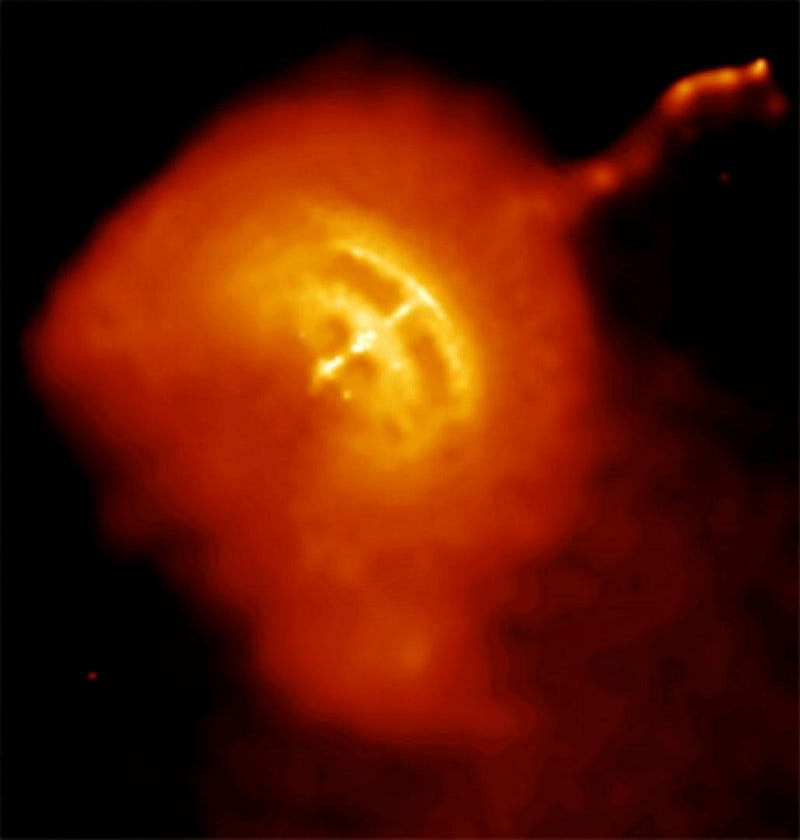
The Vela pulsar serves as a prime example of a neutron star. The surrounding gas and matter are common and can fuel the pulsating behavior of these stellar remnants.
When a pulse aligns with our line of sight, it becomes detectable, which is why certain neutron stars are classified as pulsars.
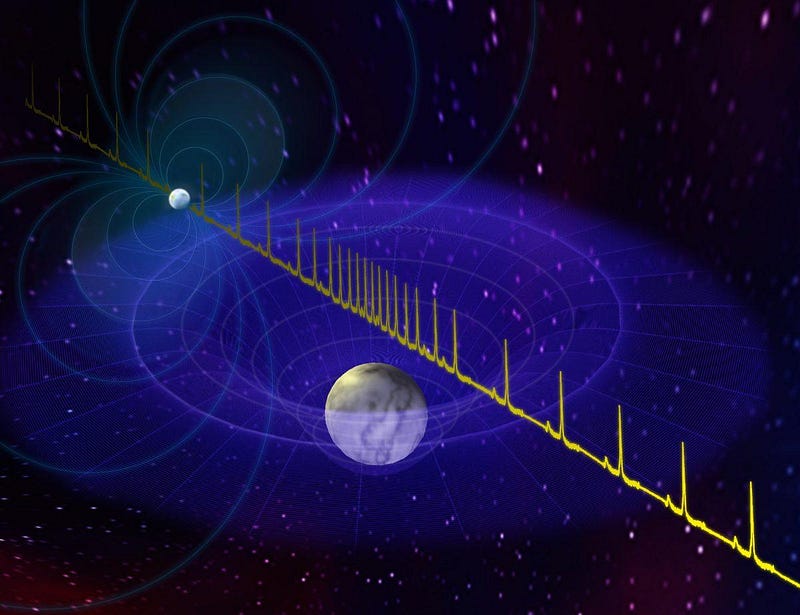
In 2019, astronomers observed the pulses emitted from a neutron star and noted how a white dwarf orbiting it altered the timing of these pulses. This led to the conclusion that this neutron star has a mass of approximately 2.2 solar masses, marking it as the heaviest neutron star identified to date.
These stars possess densities greater than atomic nuclei but have a mass limit to prevent collapsing into black holes.
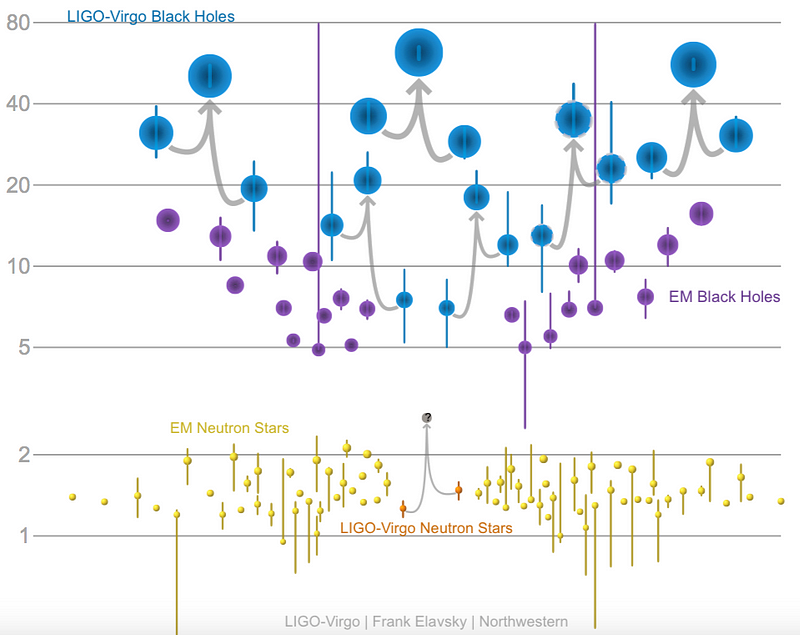
Research on binary systems, including black holes and neutron stars, has revealed distinct populations: low-mass variants below 2.5 solar masses and high-mass counterparts above 5 solar masses. While LIGO and Virgo have detected black holes exceeding these masses, the characteristics of neutron stars in this intermediate range remain unclear.
Despite advancements in observational technology, neutron stars still appear as mere points of light.

This image from the VLT shows the vicinity of the faint neutron star RX J1856.5–3754, with the blue circle indicating its location.
NASA’s NICER mission, launched in 2017 and positioned on the ISS, aims to provide groundbreaking insights into neutron stars.
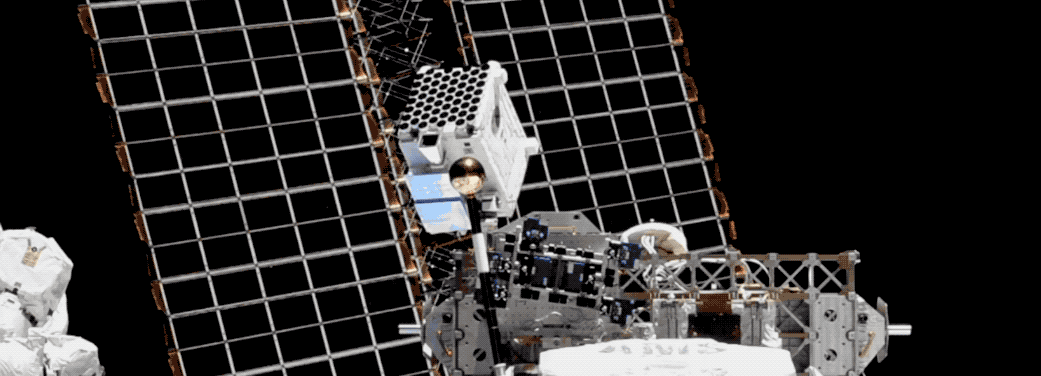
The NICER mission offers unprecedented X-ray measurements of neutron stars, allowing scientists to capture timing signals with remarkable precision, down to 300 nanoseconds.
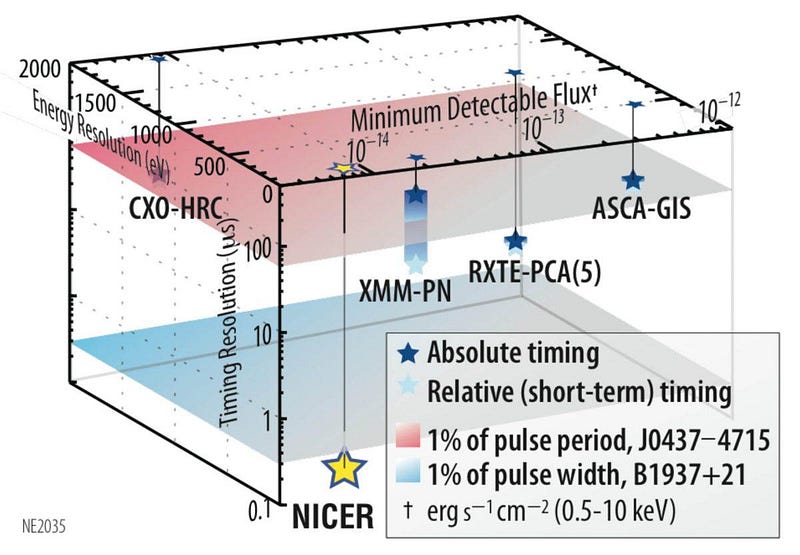
When it comes to flux, timing, and energy resolution, NICER surpasses all preceding observatories, particularly in its study of pulsars and neutron stars.
This mission enables scientists to measure various attributes of neutron stars, including their sizes, masses, cooling times, stability, and internal structures.

The models derived from NICER data for neutron star J0030+0451 demonstrate the presence of two or three "hot spots" on its surface, challenging the traditional notion of a simplistic bipolar magnetic field.
For pulsar J0030+0451, researchers established its mass at 1.35 solar masses and its diameter at 25.7 km.
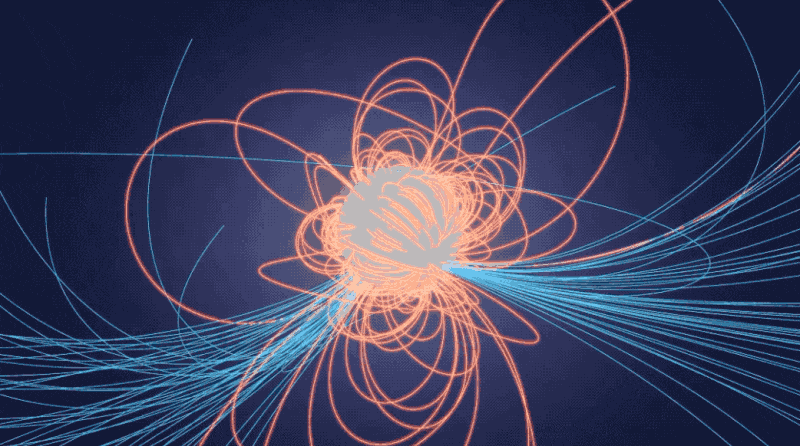
The NICER findings reveal that the pulsar J0030+0451 has "hot spots" primarily in its southern hemisphere, suggesting that a simple magnetic dipole model is inadequate to explain the observed characteristics. Instead, a more complex magnetic structure appears to be at play.
The mission has successfully generated the first-ever map of a pulsar's surface, uncovering the intricacies of its magnetic field.

Neutron stars represent some of the densest matter collections in the universe, with strong magnetic fields creating pulses through matter acceleration. The fastest-spinning neutron star discovered spins at a remarkable 766 times per second. The mapping from NICER has demonstrated that the traditional two-pole model of pulsars is insufficient, as their magnetic fields are far more complex.
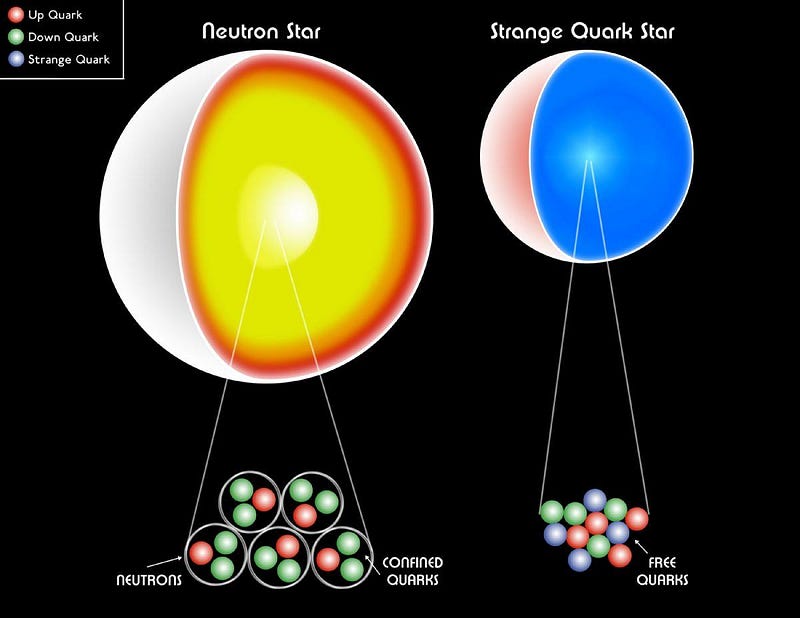
The cores of the most massive neutron stars may transform into a quark-gluon plasma. The scientific community is currently debating the existence of this plasma, as well as its potential composition, which may include strange quarks alongside the usual up and down quarks.
This research brings us closer to understanding the various states of matter that exist within pulsar cores.
The first video, "NICER Mission Overview," provides an insight into the NICER mission's objectives and groundbreaking discoveries regarding neutron stars.
The second video, "NASA's NICER Tests Matter's Limits," explores how NICER is pushing the boundaries of our understanding of matter in neutron stars.
Lastly, "Mostly Mute Monday" presents an astronomical narrative through visuals, demonstrating the beauty and complexity of the universe with minimal text.